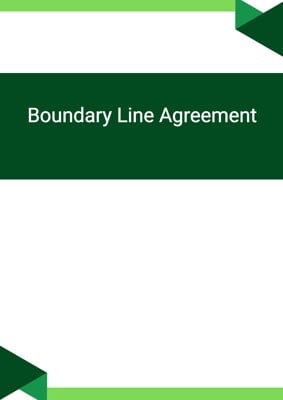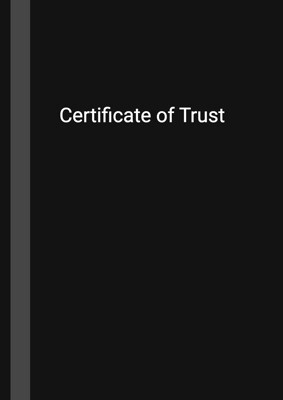
Deed of Easement
Road Access
This document can be used as a template for a deed of easement entered between the grantor (servient tenement / estate) and the grantee of the easement (dominant tenement / estate) regarding the access to the road. It sets out the rights enjoyed by the dominant tenement and the obligations born by the servient tenement.
How to Tailor the Document for Your Need?
01
Create Document
Fill in the details of the parties. You can click the "Fill with Member’s Information" button to complete it with information saved to your account.
02
Fill Information
Please fill in any additional information by following the step-by-step guide on the left hand side of the preview document and click the "Next" button.
03
Get Document
When you are done, click the "Get Document" button and you can download the document in Word or PDF format.
04
Review Document
The document should be signed by the authorised signatory (or directors of a company) and witnessed to complete the formality.
Document Preview
Document Description
This document is a Deed of Easement that is entered into between the Grantor and the Grantee. The document outlines the definitions and interpretation of the terms used in the deed. It also provides background information about the registered land of both parties. The grantor agrees to grant the rights to the grantee for the benefit of the grantee's land. The rights include the right to pass over and along the access road, the right to lay conduits in the service strip, and the right to use the conduits for the passage of services. The grantor and the grantee both have covenants that they must observe and perform. The grantor covenants to not interfere with the rights of the grantee, while the grantee covenants to observe and perform their obligations under the deed. The document also includes provisions for land registry, reservation of rights by the grantor, indemnity by the grantee, liability of the parties, exercise period of the rights, rights of third parties, governing law and jurisdiction, and notices. The deed concludes with the signatures of the grantor and the grantee, along with the signatures of witnesses or witnessing solicitors.
How to use this document?
To use this Deed of Easement, follow these steps:
1. Review the definitions and interpretation section of the document to understand the terms used in the deed.
2. Familiarize yourself with the background information provided, including the registered land of both parties.
3. Understand the rights granted by the grantor to the grantee, such as the right to pass over the access road and lay conduits in the service strip.
4. Take note of the covenants of both the grantor and the grantee, which outline their obligations under the deed.
5. If necessary, consult with the relevant statutory authorities to ensure compliance with any requirements or regulations.
6. Consider any additional specifications or requirements for the conduits, if applicable.
7. If the grantee is responsible for construction works, follow the guidance provided in Schedule 5, which includes obtaining necessary licenses and consents, complying with construction regulations, and adequately insuring the works.
8. Ensure that all necessary notices are given in writing and delivered to the appropriate parties.
9. Finally, have the deed signed and witnessed by the grantor, grantee, and witnesses or witnessing solicitors, as applicable.
Not the right document?
Don’t worry, we have thousands of documents for you to choose from:











